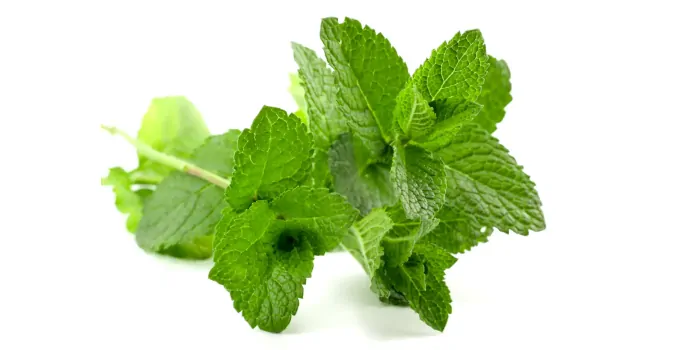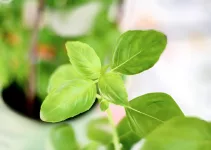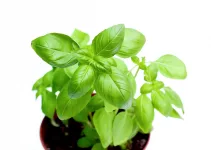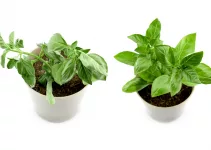What is the main difference between peppermint and spearmint? Are these tow really different in terms of flavor or can they be used interchangeably? After all, these are two of the most well-known mint varieties.
This will not be a long article because there are not many features that set them apart. In this peppermint vs spearmint debate, there are just a couple of things that you should pay attention to.
Table of Contents
The Main Difference Between Peppermint and Spearmint
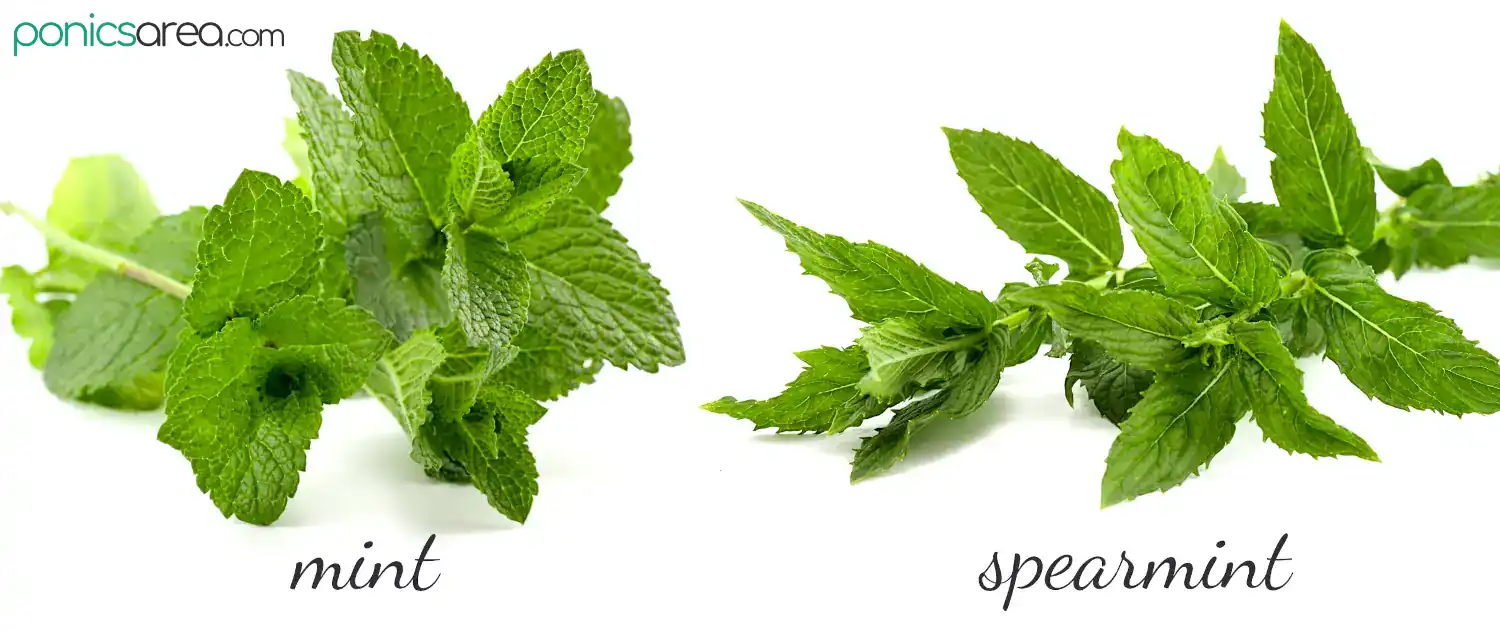
There is only one main difference between peppermint and spearmint, only one that truly matters and sets them apart.
Flavor
Peppermint has a stronger flavor than spearmint because it contains a much higher concentration of menthol. It’s absolutely delicious when making tea.
Think of a chewing gum that instantly cools your entire mouth, throat, and nostrils, as you just chew it a couple of times and you will then understand what to expect.
And that’s actually the main difference between peppermint and spearmint.
Spearmint is the flavor that you want if you intend to make a beverage or a salad or a dessert with a more mild mint flavor. This is the variety with the characteristic mint fragrance, more on the sweet side.
Peppermint is not used as much for cooking but, according to homestead.org, it’s the most extensively used of all the mints, both medicinally and commercially.
In recipes
Actually, when a recipe calls for mint the implication is pretty obvious that they are referring to spearmint. We can call spearmint by the name of mint and vice versa.
But peppermint is only referred to it by its name, any recipe will specify exactly if this is the flavor you should use.
And if you don’t like that intense cooling sensation that peppermint brings, you can simply use spearmint instead.
The only difference will the more mild cooling refreshing sensation.
One recipe that might call specifically for pure peppermint extract in order to obtain that intense cooling aroma is the recipe for mint chocolate chip ice cream.
Peppermint vs Spearmint: the Common Features
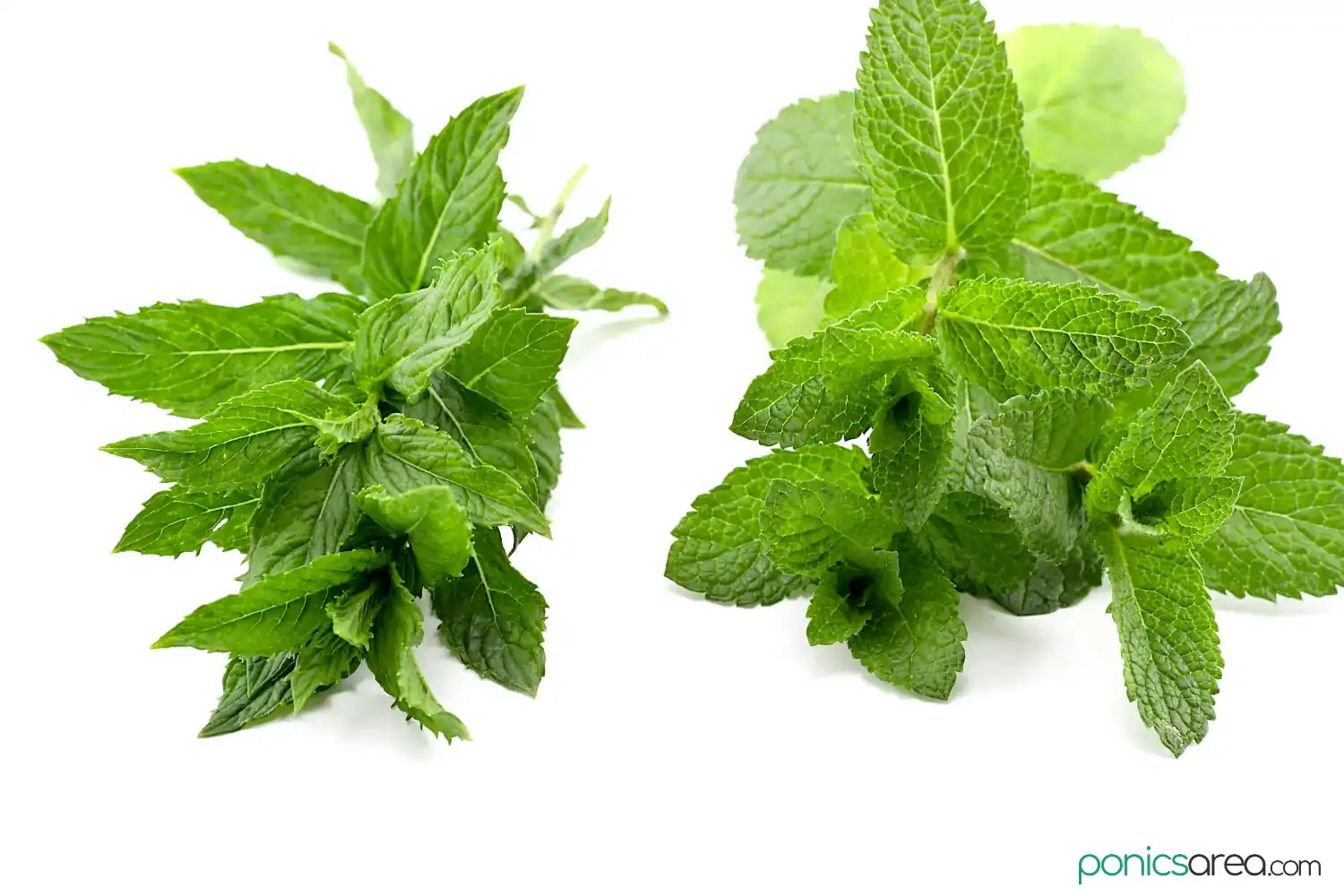
spearmint leaves vs peppermint leaves
Mint or genus Mentha is the family to which these two varieties belong to. There are many more varieties, including the unexpected and surprising mojito mint (yes, it really exists). If you wish to know more about these varieties, you can read all about them here.
Spearmint is much closer to the mint plant and, as I said above, mint and spearmint and interchangeable in a recipe and in name.
Spearmint is also known as garden mint, common mint, lamb mint and mackerel mint. Or we can call it by its scientific name – Mentha spicata. This one is not a hybrid, it occurs naturally.
The really interesting information in this peppermint vs spearmint debate comes now.
Peppermint is actually a cross between spearmint and water mint so, these two famous mint varieties are really a tight-knit family. Its scientific name is Mentha x piperita. This is the hybrid of the two.
Similar in appearance
There’s not much difference in appearance between the two mint varieties.
It might be difficult to identity them based on how the leaves look or the color of their flowers, the most common are the pale lilac flowers, pink is another color for their flowers.
They both share the same square stems and the spear-shaped leaves.
The easiest way is to distinguish between the two is to taste their leaves. If you’re left with a strong menthol aftertaste then you already know which plant you have in front of you: peppermint.
How to Grow Peppermint and Spearmint
You can grow both indoors or outdoors. They can be grown from seeds or from cuttings.
If you’re planting it outdoors, be aware that mint is an invasive plant. In favorable conditions, it can take over your garden. To keep that invasion in check, you should prune the mint plant regularly. Or you can plant it only in containers, using potting soil.
Thyme and oregano are two other herbs that can spread easily. On the other hand, basil is a herb that’s not invasive at all.
Mint varieties can also be grown hydroponically. Some hydroponic kits, like the AeroGarden models even come with mint seeds already placed in grow sponges. Or you can use a hydroponic system made by you. It works very well in both cases and you can have an array of herbs grown just from water and nutrients.
Peppermint Benefits
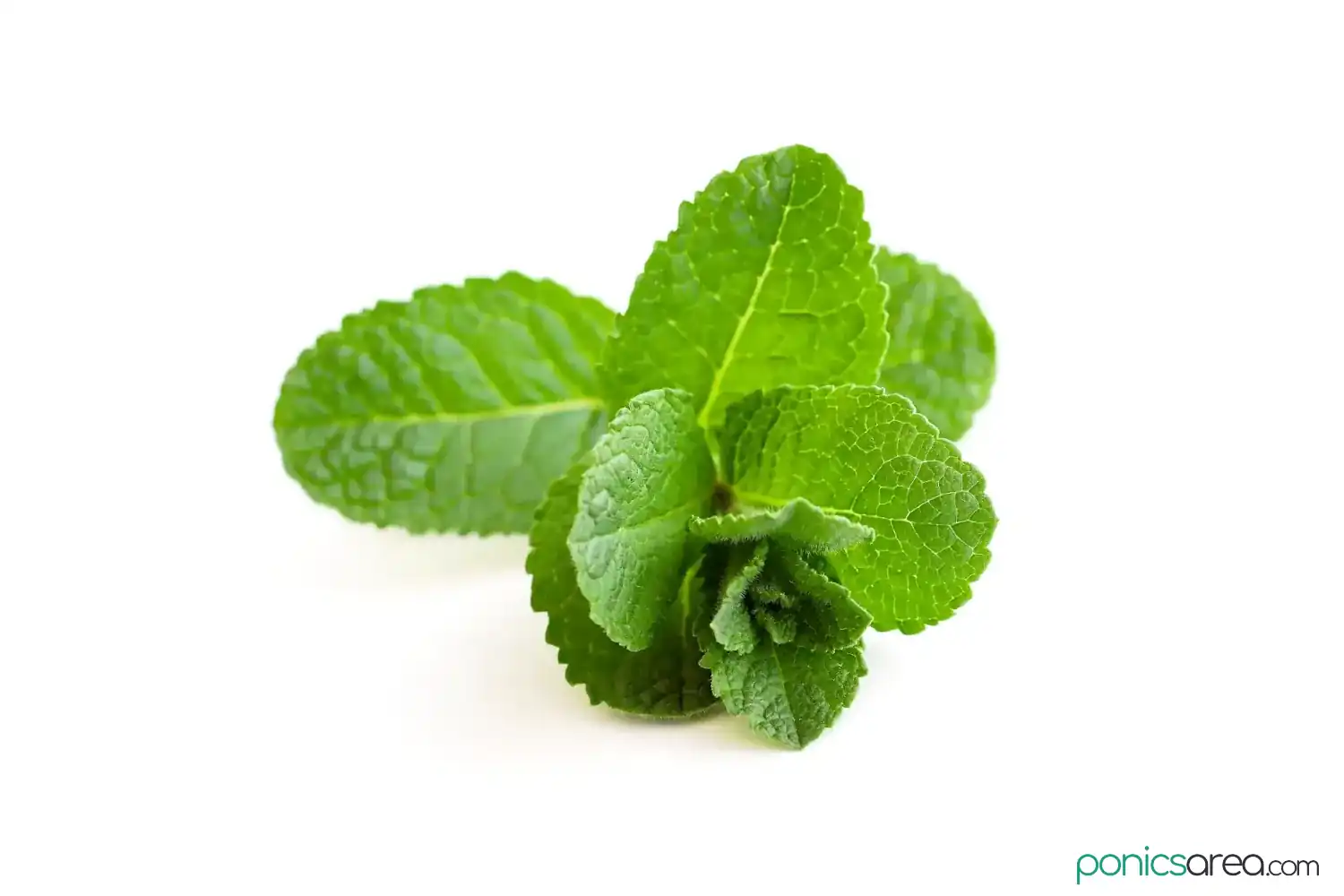
This is actually the biggest difference to be talked about in this peppermint vs spearmint article. Peppermint just has a lot of benefits and that’s why it’s the most used variety from the genus Mentha.
It can be available in a number of forms: oil, extracts, capsules, and leaves. The most famous form that is used for topical application is oil.
What sort of benefits does peppermint oil have?
You’ll figure it out immediately once I tell you that the oil contains menthol (which is also called mint camphor) and menthone.
Camphor is quite well-known for acting as a soothing balm with varied benefits: easing congestion and coughing, pain relief, itching relief, abilities to heal burns. Camphor products can also be used as a muscle rub.
It is also used in aromatherapy for reducing stress.
The extract also has its benefits: relief for menstrual cramps, bloating, for treating irritable bowel syndrome, nausea, remedy for toothaches, and to fight the cold and the flu.
It’s also used for flavoring mouthwashes, toothpaste, various foods and beverages. And for adding its unique scent to cosmetic products and soaps.
Now you understand why it’s the most used both medicinally and commercially.
To sum it up
The main things we learned from this peppermint vs spearmint debate is that the first is famous for its high menthol concentration and it’s almost spicy, while the latter can be simply called mint and is famous for its subtle almost sweet flavor, which makes spearmint the preferred option for many recipes.

